Top 12 Easy Art Projects for 10-Year-Olds at Home (Mother-to-Mother Guide)
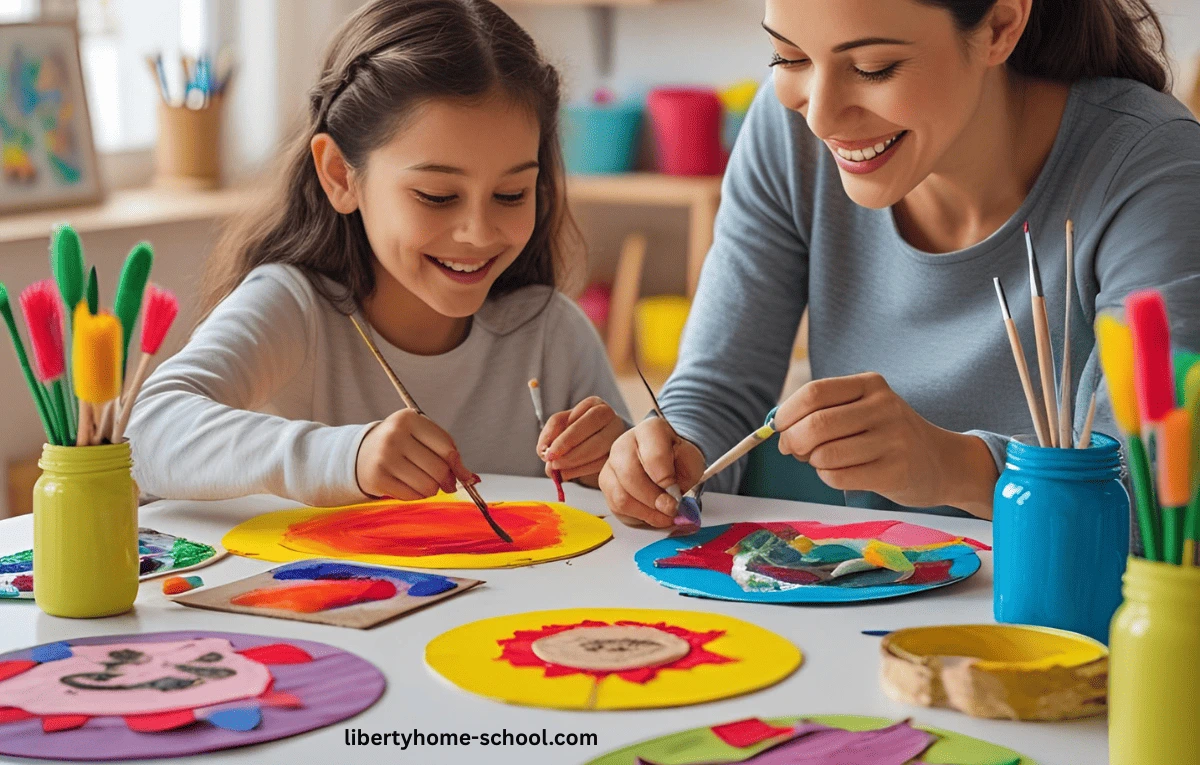
Introduction
Are you looking for the best art projects for 10 year olds that are screen-free, creative, and easy to do at home? You’re in the right place! These fun and skill-building activities require just a few basic supplies and no fancy tools. Whether you’re homeschooling or just looking for a weekend project, these art projects for 10 year olds spark imagination, improve fine motor skills, and bring joyful bonding moments. From one mom to another, this is your go-to guide for budget-friendly DIY crafts that your kids will love—and you’ll enjoy doing with them too!
1. Toilet Paper Roll Animal Puppets

Supplies: Empty toilet rolls, colored paper or paint, glue, scissors, markers, googly eyes
Steps:
- Let your child pick their favorite animal.
- Color or wrap the roll in paper.
- Cut out and attach ears, tails, and other features.
- Draw or glue on a face.
Benefits: Boosts creativity, fine motor skills, and storytelling abilities
Parent Tip: Don’t stress about making it perfect—just enjoy the process!
2. Salt Painting Magic
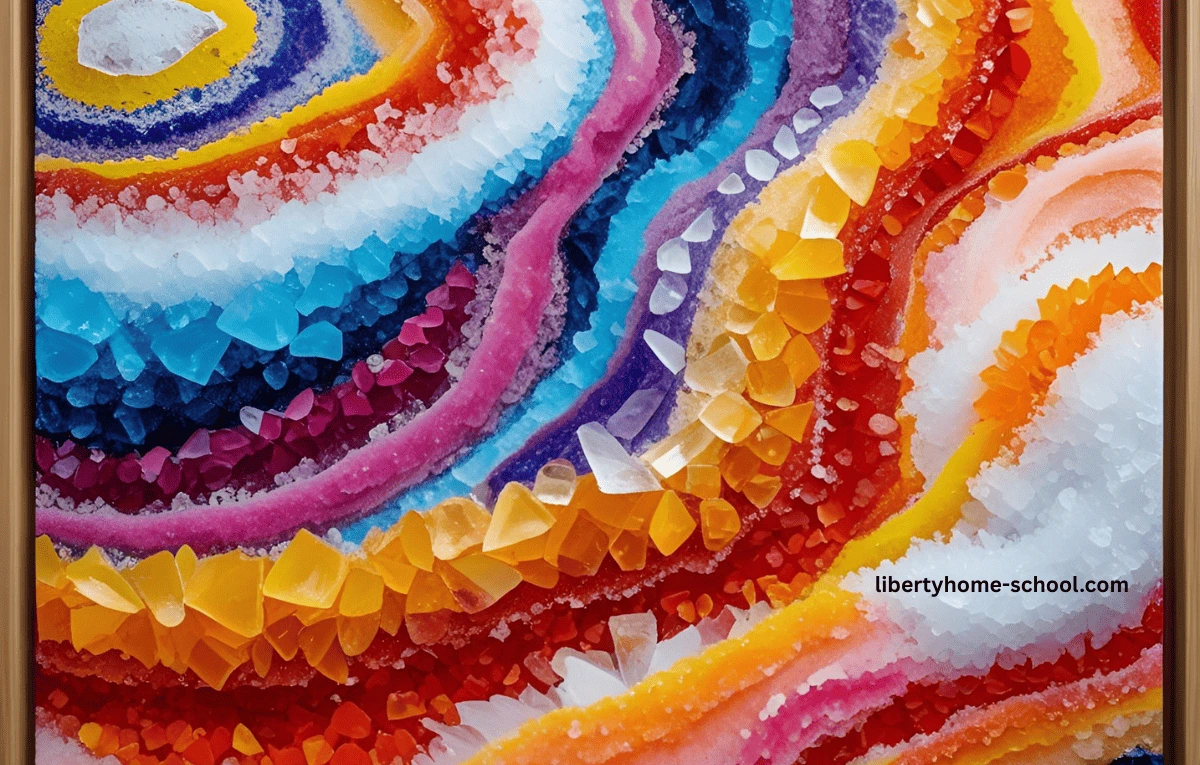
Supplies: Salt, glue, watercolor paint, cardstock
Steps:
- Use glue to draw a design on thick paper.
- Sprinkle salt over the glue.
- Shake off the excess and let it dry.
- Dab watercolor onto the salt with a brush.
Benefits: Encourages sensory play, color mixing, and concentration
Parent Tip: Protect your surfaces with a tray or some newspaper.
3. Crayon Resist Watercolor
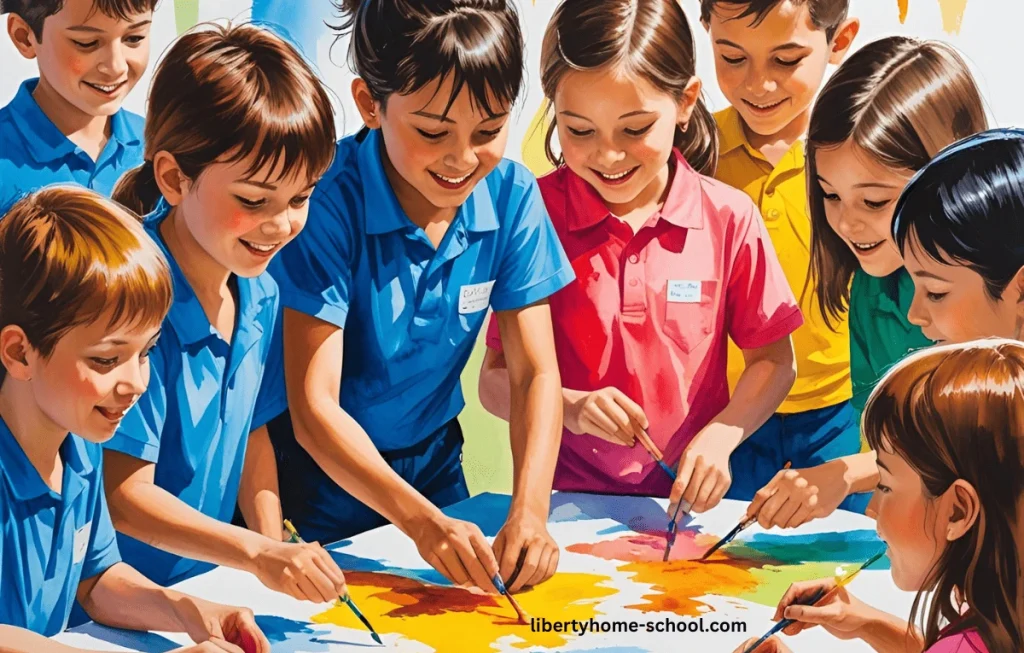
Supplies: White crayon, watercolor paints, paper
Steps:
- Start by drawing a picture with a white crayon.
- Next, paint over it with watercolor.
- Then, watch as your design magically appears!
Benefits: This activity teaches layering techniques, and the surprise element keeps kids engaged.
Parent Tip: Encourage kids to write hidden messages, too!
4. DIY Mosaic with Colored Paper
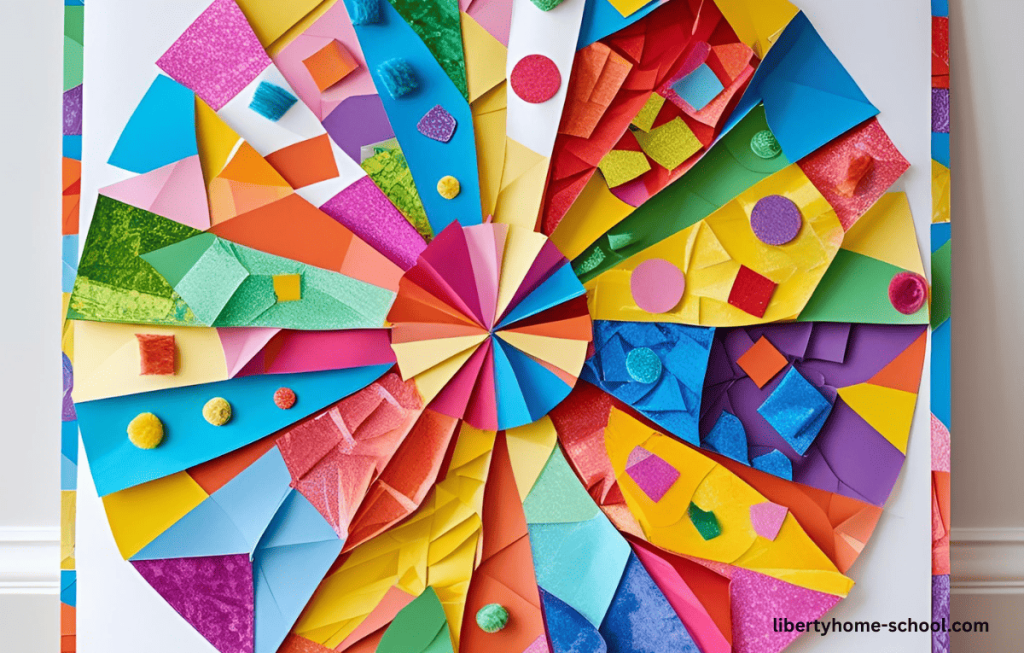
Supplies: Colored paper, glue stick, pencil, black marker
Steps:
- Begin by drawing a basic shape, like a heart or a sun.
- Cut the colored paper into small squares.
- Then, fill in your drawing with those colorful squares.
Benefits: This project helps with pattern recognition and improves hand-eye coordination.
Parent Tip: For a quicker setup, pre-cut the pieces.
5. Recycled Robot Sculptures

Supplies: Boxes, bottle caps, glue, foil, markers
Steps:
- Start by stacking boxes to create a robot body.
- Glue on bottle caps for facial features.
- Add some foil for arms or antennas.
Benefits: This activity fosters engineering skills, creativity, and awareness of recycling.
Parent Tip: Let your child name and describe their robot for added fun!
6. String Art on Cardboard
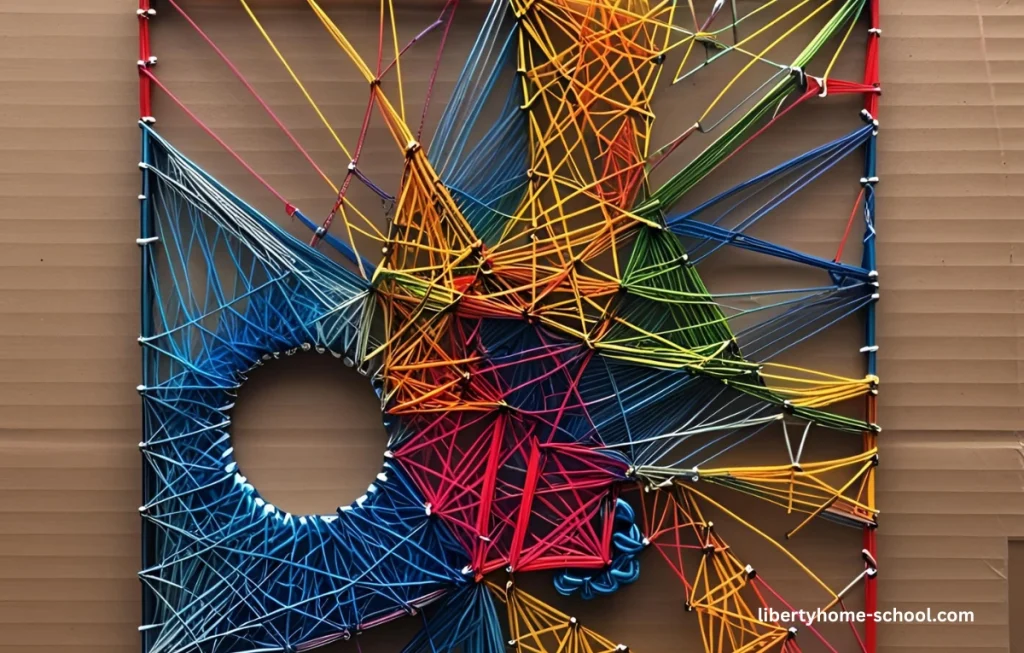
Supplies: Cardboard, yarn, pushpins, pencil
Steps:
- Draw a shape, like a heart or a star.
- Insert push pins along the outline of your shape.
- Wrap yarn around the pins to create your design.
Benefits: This project improves planning, patience, and coordination.
Parent Tip: Pre-poke holes to make pin placement easier.
7. Beginner Felt Sewing
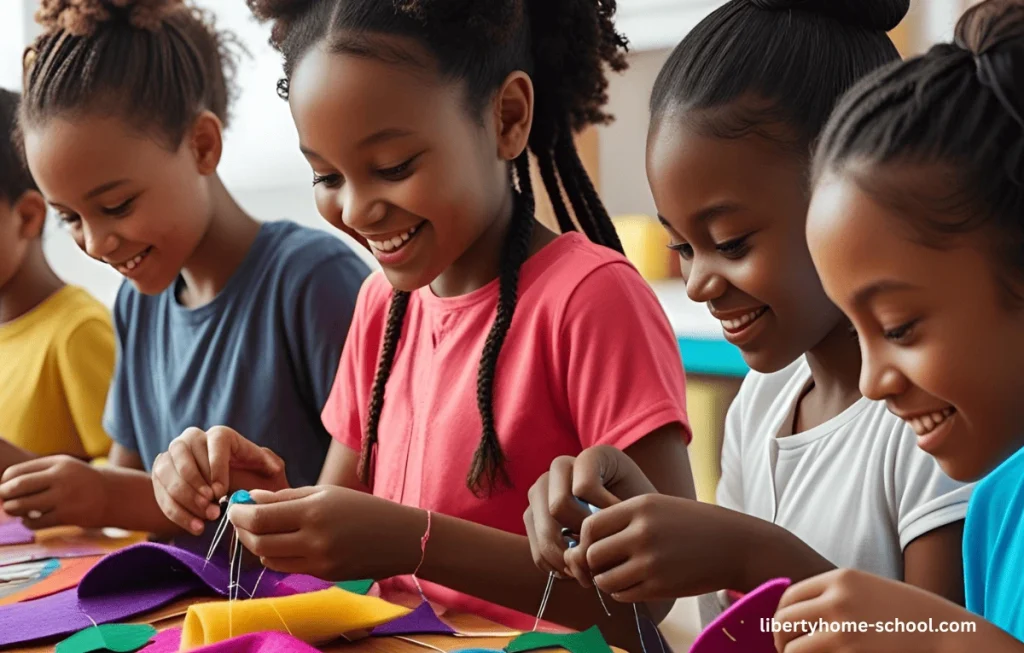
Supplies: Felt, needle, thread, stuffing, scissors
Steps:
- Cut out two felt shapes.
- Sew the edges together, leaving a small gap.
- Stuff it and sew it closed.
Benefits: This activity builds patience, life skills, and creativity.
Parent Tip: Use blunt needles for beginners to keep things safe.
8. Soap Carving
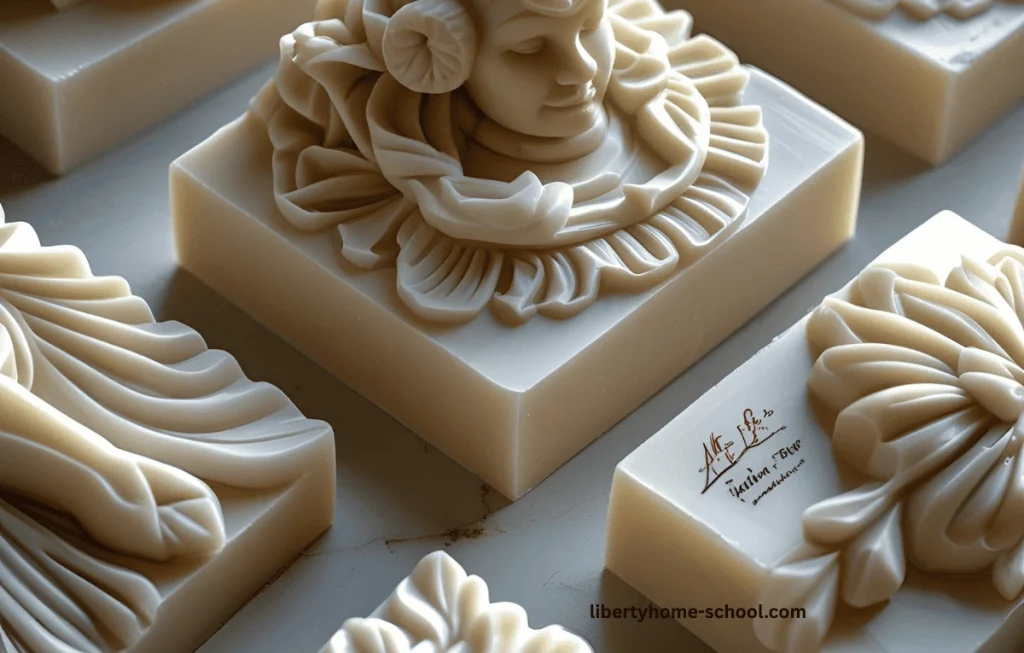
Supplies: Bar soap, butter knife, towel, template
Steps:
- Start by outlining the soap.
- Take your time carving along the outline.
- Use your hands to smooth out the edges.
Benefits: Enhances 3D thinking, builds safety skills, and improves fine motor skills.
Parent Tip: Make sure to supervise while they carve.
9. Puzzle Painting
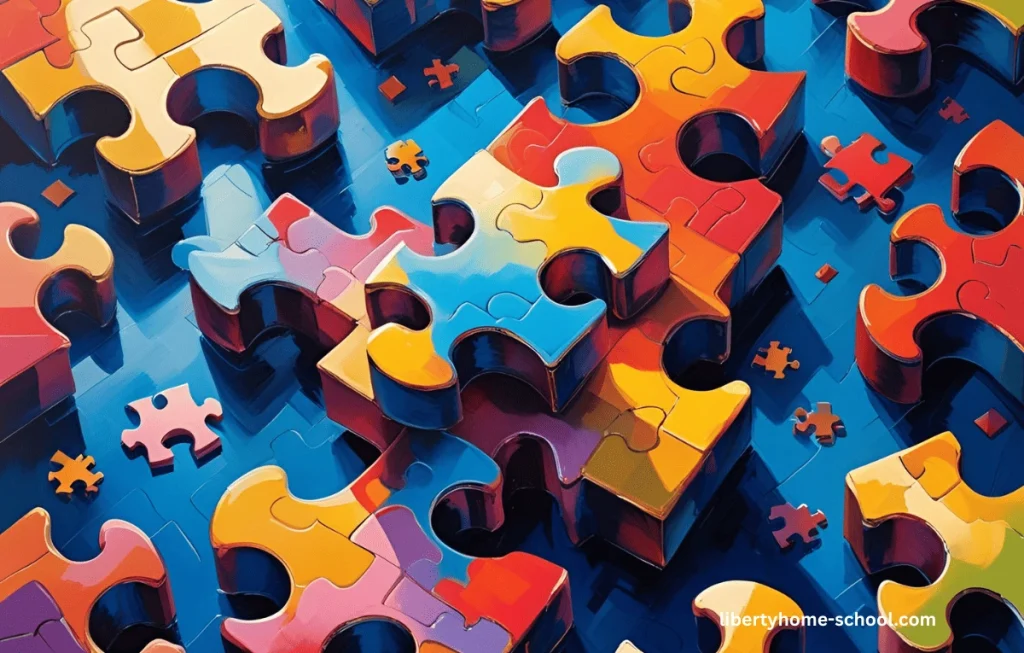
Supplies: Cardboard, paint, scissors
Steps:
- Paint a beautiful scene on the cardboard.
- Allow it to dry completely.
- Cut the painted cardboard into puzzle pieces.
Benefits: Boosts logic, problem-solving skills, and creativity.
Parent Tip: Adjust the difficulty by cutting it into 6, 9, or 12 pieces based on their skill level.
10. Paper Plate Mask Making
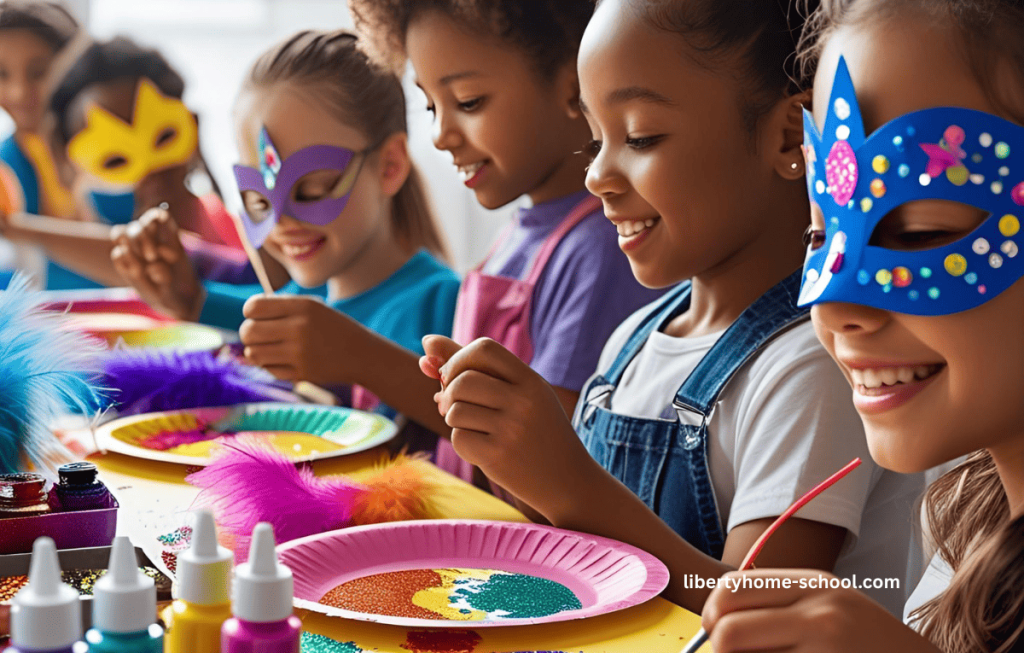
Supplies: Paper plates, scissors, glue, paint, string
Steps:
- Cut out eyeholes in the plates.
- Decorate them however you like.
- Attach a string so they can wear it.
Benefits: Encourages cultural learning, drama play, and self-identity.
Parent Tip: Connect it to a character from a storybook.
11. Nature Collage
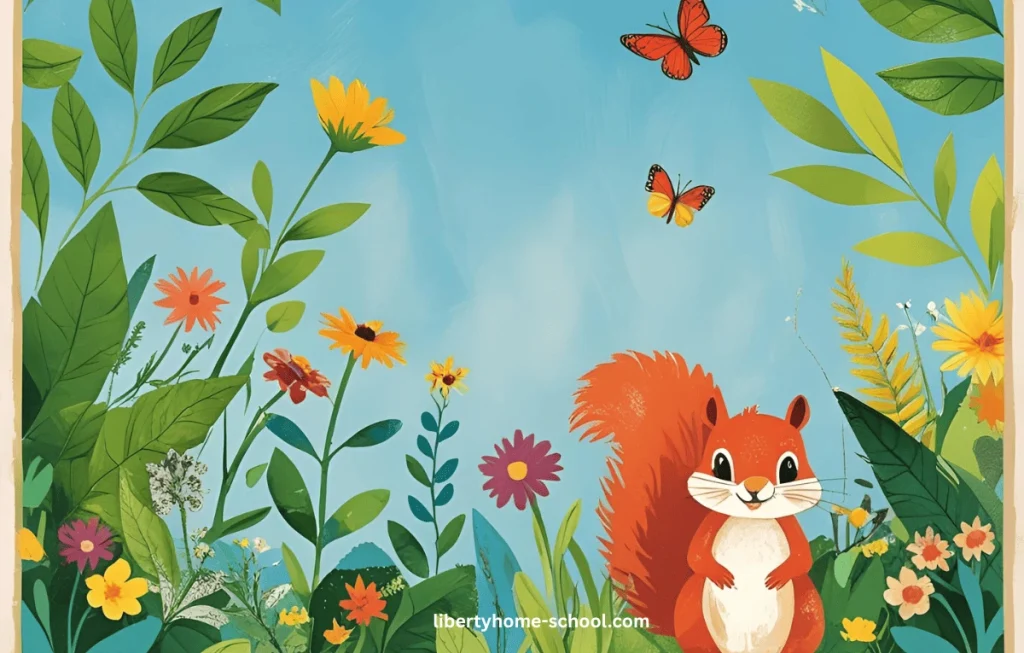
Supplies: Leaves, twigs, glue, cardstock
Steps:
- Take a nature walk together.
- Collect small treasures from nature.
- Glue them onto the cardstock in a creative way.
Benefits: Fosters observation skills and respect for nature.
Parent Tip: Talk about the different seasons and textures while you gather items.
12. Coffee Filter Art
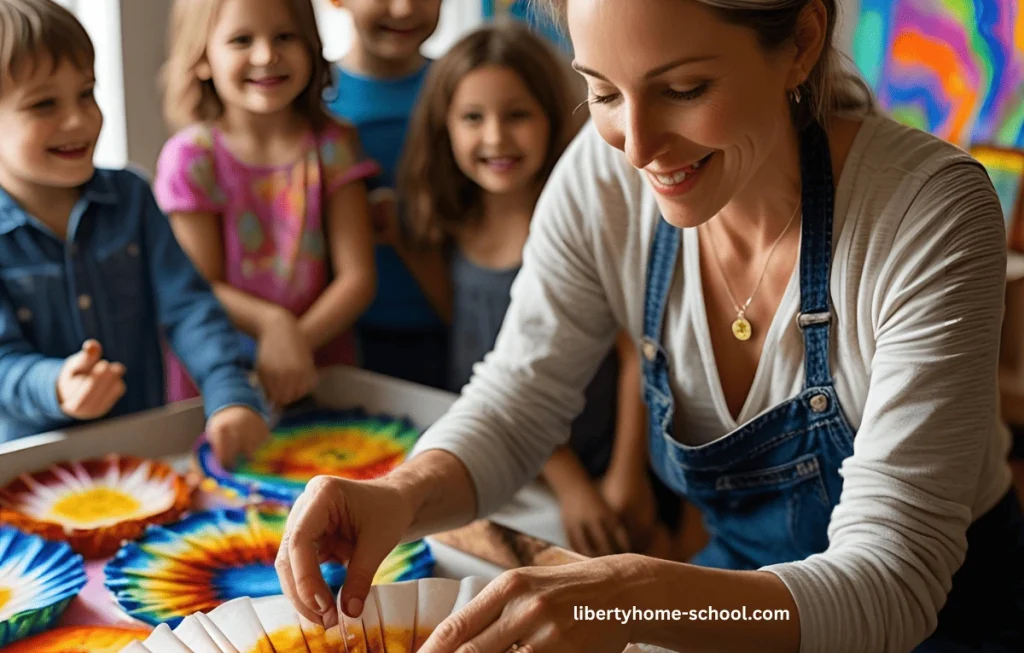
Supplies: Coffee filters, markers, spray bottle
Steps:
- Color the coffee filter with markers.
- Lightly spray it with water.
- Let it dry flat.
Benefits: Teaches about absorption and color theory.
Parent Tip: Use the finished pieces as decorations or window art.
Final Tips for Moms
- Keep a “craft box” handy for easy access.
- Let your kids choose their projects.
- Celebrate their efforts, not just the end result.
- Show off their creations proudly.
Conclusion
As a mom, I know how rewarding it is to watch your child create something from scratch. These 12 easy art projects for 10-year-olds bring joy, growth, and bonding—without stress or screens. Try one this weekend and see your child’s creativity shine!
Extend the Learning!
Want to balance creativity with real-world knowledge? Check out these hands-on social studies activities for 10-year-olds that make history, geography, and culture come alive at home. For a creative boost, try our easy art projects for 10-year-olds, and don’t miss out on fun summer activities for kids to keep learning exciting all year round.
FAQs
Q1: What are some easy art projects for 10-year-olds?
A1: Salt painting, puzzle painting, toilet roll animals, and nature collage are easy and fun to start with.
Q2: How can I keep my child engaged during art time?
A2: Let them pick the activity, give them space to create freely, and avoid pressuring them for perfection.
Q3: What if I don’t have all the supplies?
A3: Most of these crafts use recycled or common household items—just be creative with what you have.
Q4: Can these projects be used in homeschooling?
A4: Absolutely! They build motor skills, problem-solving, and creativity and can be tied into other subjects.
Q5: How often should kids do art?
A5: Ideally, 2–3 times per week for both cognitive growth and relaxation.
Q6: How do I minimize mess during art projects?
A6: Set up a designated art area with trays or tablecloths and involve kids in cleanup.
Q7: What should I do with my child’s finished artwork?
A7: Display it at home, gift it to family, or create an “art wall” or scrapbook.
Q8: My child loses interest quickly. What can I do?
A8: Try shorter activities (15–20 min), rotate projects, or invite a friend for a craft playdate.
Q9: Are these suitable for boys and girls equally?
A9: Yes! All these projects are gender-neutral and can be adapted to your child’s interests.
Q10: Can I do these projects with multiple kids?
A10: Definitely. Just prepare materials in advance and assign helpers to assist younger siblings.

